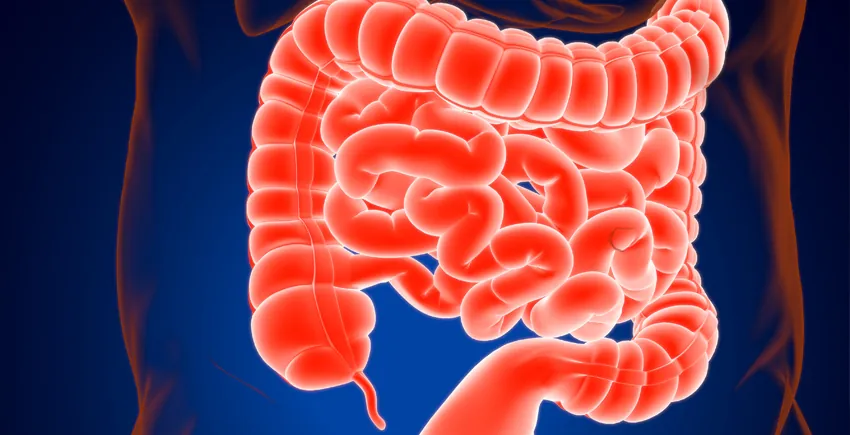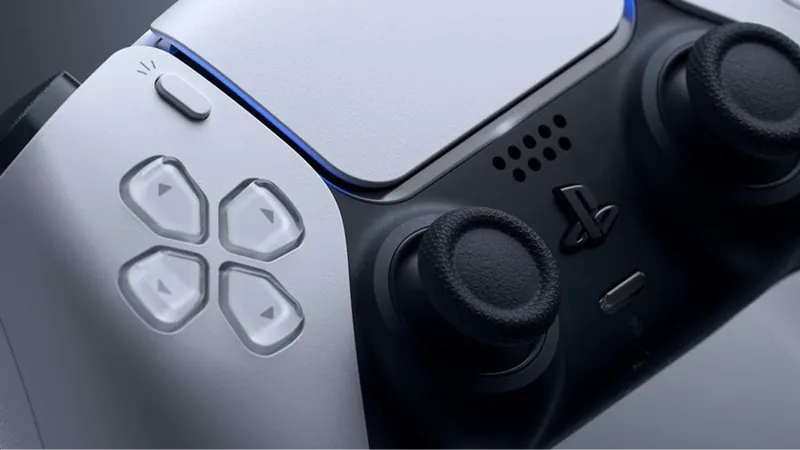
Revolutionary Discovery: Gut Sensor Uncovered That Could Transform Treatments for Digestive Disorders!
2025-03-24
Author: Jia
The Enigma of Gut Movement
For years, scientists have puzzled over the remarkable ability of intestines to function autonomously, even when disconnected from the central nervous system. It's been established that enteric neurons, which are nerve cells located entirely within the intestines, communicate with smooth muscle cells to induce peristalsis, the wave-like movements essential for digestion. However, the exact mechanism behind this interaction remained elusive.
Dr. Jackson, a prominent immunologist, previously studied the PIEZO1 protein, known for its role in immune cells that respond to mechanical stress from breathing. Intrigued by the potential implications this protein might hold for gut motility, he spearheaded efforts to investigate its role within the digestive system.
The Role of PIEZO1 in Gut Function
In their recent study, researchers focused on the gene activity in gut neurons from both mice and humans and discovered that the Piezo1 gene is significantly active in excitatory gut neurons. These neurons are responsible for triggering muscle contractions in the intestines by releasing acetylcholine, a vital chemical messenger for nerve communication and muscle movement.
To visualize the presence of PIEZO1, scientists genetically modified mice to allow Piezo1-producing neurons to fluoresce green, confirming the high abundance of this protein in these cells.
Further experiments on mouse intestinal tissues demonstrated that PIEZO1 functions as a pressure sensor. In regular mice, increased pressure triggered intestinal contractions, while those lacking PIEZO1 showed no such response, establishing its critical role in regulating gut movement.
Accelerating Gut Movement: The Impact of Exercise and Inflammation
The research also revealed that exercise significantly impacts bowel activity, often resulting in what is colloquially referred to as “runners’ runs.” When subjected to treadmill exercises, mice with functional Piezo1 genes exhibited accelerated waste transit through their intestines, while those with inactive Piezo1 genes showed no improvement, suggesting that PIEZO1 is responsive to increased intestinal pressure during physical activity.
Moreover, the study explored the relationship between PIEZO1 and inflammatory bowel disease (IBD), a condition marked by heightened intestinal motility due to inflammation. Mice with intact Piezo1 genes exhibited quicker bowel movements in IBD conditions, whereas those without it suffered slower motility and worsened IBD symptoms. In fact, these mice experienced more significant weight loss and degradation of the protective intestinal mucus lining, linking PIEZO1’s role directly to inflammation regulation.
A Potential Path Towards New Treatments for IBD
This discovery opens new avenues for treating IBD by targeting PIEZO1 activity. Dr. Jackson proposes that modulating this protein could enhance acetylcholine release in gut neurons, potentially providing a novel therapeutic strategy for managing inflammation. This approach differs fundamentally from existing IBD treatments, which generally involve suppressing inflammatory proteins, leaving patients at risk for infections.
In the next stages of their research, Jackson and his colleagues aim to devise therapies that could harness the power of PIEZO1, offering hope for improved outcomes in patients suffering from IBD and other digestive disorders.
Conclusion
The path of discovery is paved with insights into the untapped potential of the gut’s internal sensors. With ongoing research into PIEZO1, we may soon be on the brink of revolutionizing how digestive diseases are tackled, promoting better health and enhancing the quality of life for millions around the world. Stay tuned for more updates as this fascinating research unfolds!



 Brasil (PT)
Brasil (PT)
 Canada (EN)
Canada (EN)
 Chile (ES)
Chile (ES)
 Česko (CS)
Česko (CS)
 대한민국 (KO)
대한민국 (KO)
 España (ES)
España (ES)
 France (FR)
France (FR)
 Hong Kong (EN)
Hong Kong (EN)
 Italia (IT)
Italia (IT)
 日本 (JA)
日本 (JA)
 Magyarország (HU)
Magyarország (HU)
 Norge (NO)
Norge (NO)
 Polska (PL)
Polska (PL)
 Schweiz (DE)
Schweiz (DE)
 Singapore (EN)
Singapore (EN)
 Sverige (SV)
Sverige (SV)
 Suomi (FI)
Suomi (FI)
 Türkiye (TR)
Türkiye (TR)
 الإمارات العربية المتحدة (AR)
الإمارات العربية المتحدة (AR)